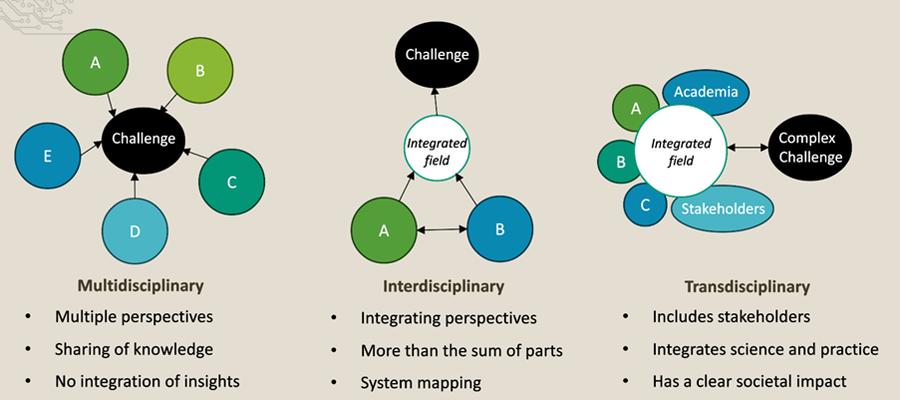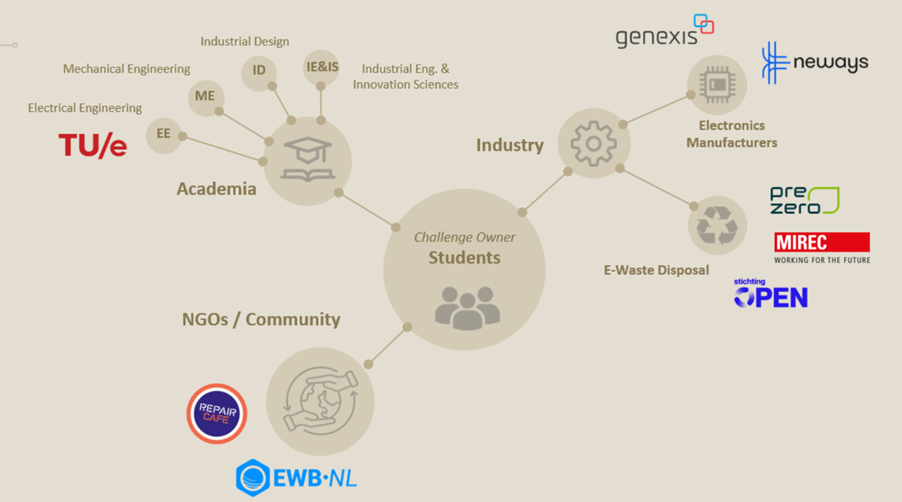What is the connection with CBL?
Challenge-Based Learning (CBL) offers a complete framework for education that is socially engaged, fosters student development and self-awareness, and equips them to tackle real-world problems effectively. There are three main dimensions of CBL that are particularly relevant for Sustainability education.
- Global themes: in the context of sustainability, it is key to understand that local actions have global consequences. Often, actions and decision aimed at solving a planetary or social issue in this part of the world has negative repercussions in the Global South. Handling themes at a global level is key in order to promote a systemic and holistic understanding of sustainability challenges.
- Real life, Open-ended challenges: Sustainability challenges are real life challenges, and as their simplification may lead to the omittance of important elements. Sustainability challenges are also always open ended. No solution to climate change, to inequality or any other challenge has yet been found, and challenges in this domain cannot be framed as a solvable problem.
- Stakeholder involvement: Involving stakeholders with different perspectives is crucial in order to gain a holistic and complete grasp of sustainability challenges. Sustainability is a broad concept that is linked to discourses on society, environment and economy, and different stakeholders from different organizations (i.e. academic institutions, industry, societal organizations and NGOs) hold different standpoints and generally seek to prioritize different discourses.
University Lecturer, Lorenzo Ceccarelli, from TU/e Electrical Engineering’s Department outlines how different stakeholders can contribute to a complex challenge. Sustainability challenges require the integration of different fields of expertise, as they cannot be solved by engineers alone. The integration of different fields (i.e. engineering and social sciences) coupled with an involvement of different stakeholders enables a complete understanding of the challenge, and provides the most suitable grounding to address the challenge and explore potential solutions.
Limiting involvement to a single discipline or stakeholder risks overlooking key perspectives and critical questions. This would be the equivalent of trying to solve climate change by focusing on CO2 emissions and air pollution while avoiding important questions of geopolitical climate, inequalities and environmental justice.

Credits: Lorenzo Ceccarelli (EE).
The visual below shows an example of how different stakeholders contribute to the Circular Electronics challenge in the course initiated by Lorenzo Ceccarelli (University Lecturer at the Department of Electrical Engineering). In this case, students are in the lead, and get specific training on how to define and scope down their challenge. While this needs to be framed around the theme of circularity in the electrical and electronic waste sector, it is up to the student to define the challenge and their perspective concerning this. Several stakeholders, from societal organizations, NGOs, industry and other academic institutions, are involved in co-creation in defining the challenge and providing input to the students, each from their individual and organizational standpoint. These organizations are also involved in determined learning activities and in the assessment of the student projects.

Credits: Lorenzo Ceccarelli (EE). Stakeholder involvement in the Multidisciplinary CBL course Circular Electronics